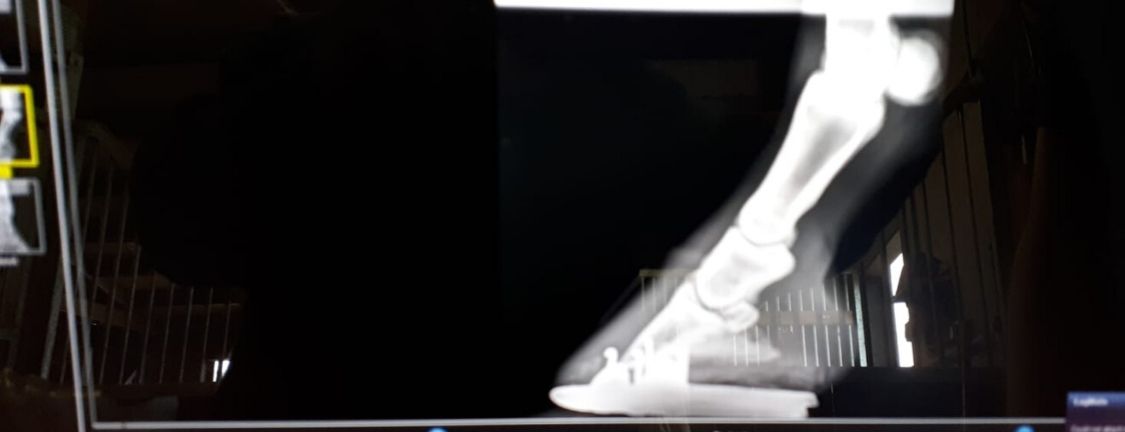
Laminitis in Horses
It is likely you’ve experienced laminitis in some capacity during your time as a horse owner whether it was related to your horse/pony or on your livery yard. In the latest blog, we delve into the details of laminitis and ask - what is it, how can we prevent it and what to do to protect your horse from getting laminitis.
What is laminitis?
Laminitis is an extremely painful condition that can affect horses, ponies and donkeys. The condition affects the hoof, where there is painful inflammation and weakening of the sensitive tissues that bond the pedal bone to the hoof wall. The weight of your horse, pony or donkey pushing down on the weakened tissues can cause separation of the pedal bone from the hoof wall which then makes it rotate or drop towards the sole. In severe cases, vets have seen the pedal bone penetrate the sole of the foot. The symptoms can come on very suddenly and in many cases present as lameness and an increased digital pulse in the fetlock. Another sign can be seen when your horse is standing, they may lean back onto their hind feet in order to relieve pressure on the front feet. Get to know what is normal for your horse and if you suspect laminitis consult your vet at the earliest opportunity.
What causes laminitis?
Laminitis can be caused by two main triggers although it is a complex disease that can come on due to numerous risk factors. The first main trigger is a hormonal disorder, if your horse is prone to getting laminitis it is likely your vet will test for underlying metabolic conditions such as Cushing’s disease and Equine Metabolic syndrome (EMS). Hormonal in-balance can also be caused by excess body fat and certain steroid medications. Therefore, it is essential to ensure your horse or pony maintains a healthy body weight as this can help to reduce their chances of getting laminitis.
What is acute laminitis?
Acute laminitis refers to the early stages of the disease, if treated quickly by a veterinary professional it can be prevented from developing further.

What is chronic laminitis?
Chronic laminitis refers to developed laminitis when the pedal bone has moved downwards within the hoof. If your horse has developed chronic laminitis it is likely they’ll suffer ongoing problems including but not limited to lameness, reoccurring abscesses and signs of long-term changes in the hoof structure.
A common laminitis myth
Laminitis is not just a spring condition, flush, rich new grass in autumn can trigger the condition as can frosty winter mornings. This is also not a condition that only affects small ponies – all equines can develop laminitis. So once again, prevention is better than cure.
How do you prevent laminitis?
As with many issues, prevention is better than cure and efforts to prevent laminitis will save you heartache (and money) in the long run. Make sure your horse is a healthy weight for his age, height and breed, if you’re unsure what this should be, consult your vet or an equine nutritionist who can advise what a safe level is and help you achieve it if the scales are tipping too far the wrong way. Speaking to your farrier or vet and following their advice will help reduce the risk of the disease occurring and will equip you with the knowledge required to combat the disease.
